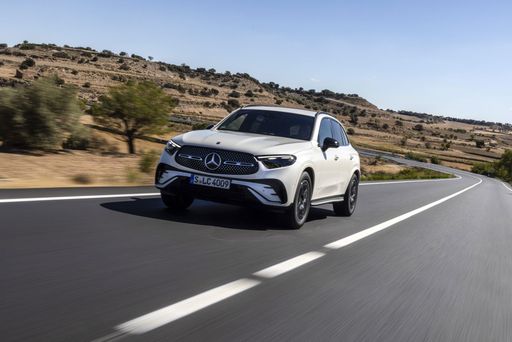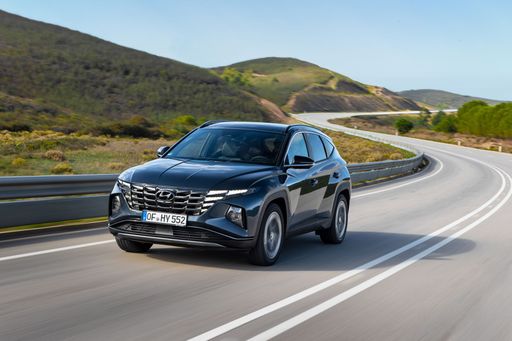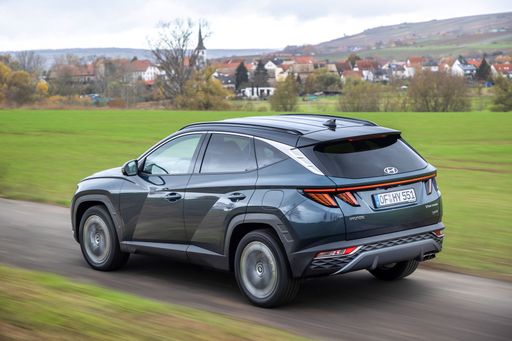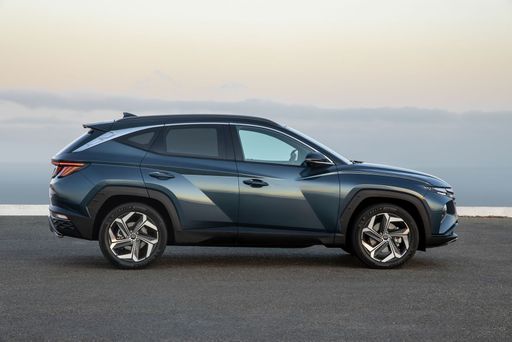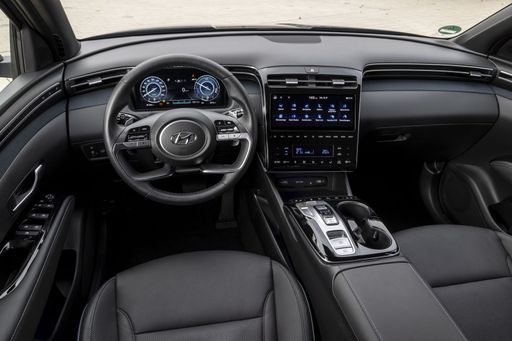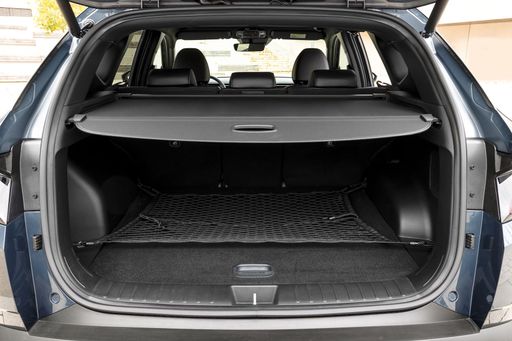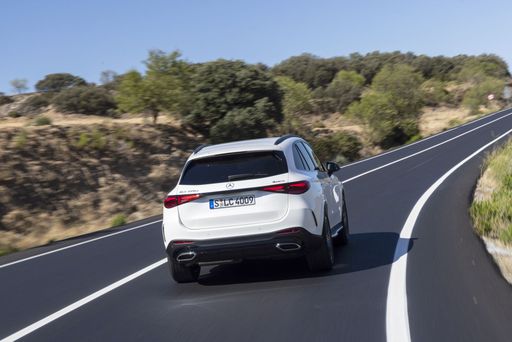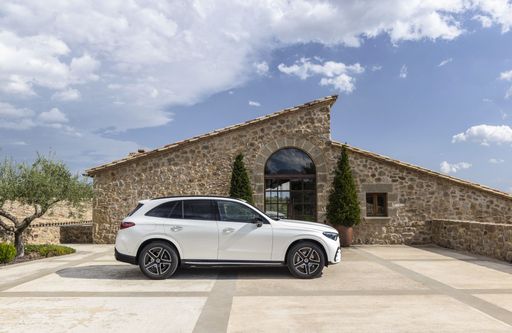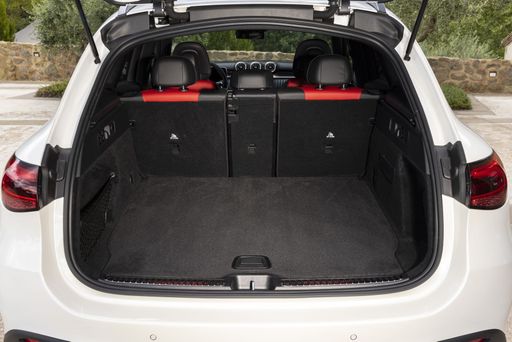Hyundai Tucson vs. Mercedes GLC: A Comprehensive Comparison
When it comes to the competitive compact SUV market, the Hyundai Tucson and the Mercedes GLC stand out as two popular choices but for very different audiences. The Tucson offers great value and practicality, while the GLC leans towards luxury and performance. This article delves deep into the technical aspects and innovations of both models to help you decide which SUV suits your needs better.

